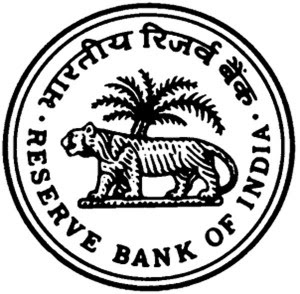Function Of Reserve Bank Of India
The RBI established by RBI Act 1934 in 1935 and nationalized in 1949 is the central banking and monetary authority of India. It acts as a regulator and supervisor of the Banks.
• Every country has its own central bank such as Federal Reserve of United States.
• Please note that most of the central banks of the world were established during the early 20th century and RBI was one of them. Following is the list of the establishment of some of the major banks in the world.
• Federal Reserve Bank of United States was established via Federal Reserve Act 1913
• Bank of England is the oldest established central bank among the major countries. It was established in 1694 as a private entity and remained so till 1946 when it was nationalized.
• The central Bank of China is People's Bank of China and it was established in 1948
• One more older bank is Banque de France , the Central Bank of France which was established in 1800.
Following are major functions of RBI:
• Currency authority
• Control of Money supply and credit
• Management of Forex
• As banker to the government
• Maintenance of India's financial infrastructure
• Banker of the banks
• Supervision of the Banks.
In the commercial Banking system, the two functions of RBI viz. Banker of the Banks and Supervision are very important. As the Banker's Bank , RBI carries out the following functions:
• Holds a part of the Cash Reserves of the banks
• Short term lending
• Centralized clearing facilities.
LORL:RBI is known as Lender of Last Resort because, banks are supposed to meet their shortfalls of cash from other sources and if the other sources don't meet the demand, then they approach RBI.
CRR:CRR is Cash Reserve Ratio , the share of the liquid cash that the banks have to keep with the RBI. Current CRR 6%.
Supervisory Functions :These functions are related to banking license, branch expansion, liquidity, management and working methods, amalgamation, reconstruction and liquidation.

No comments:
Post a Comment